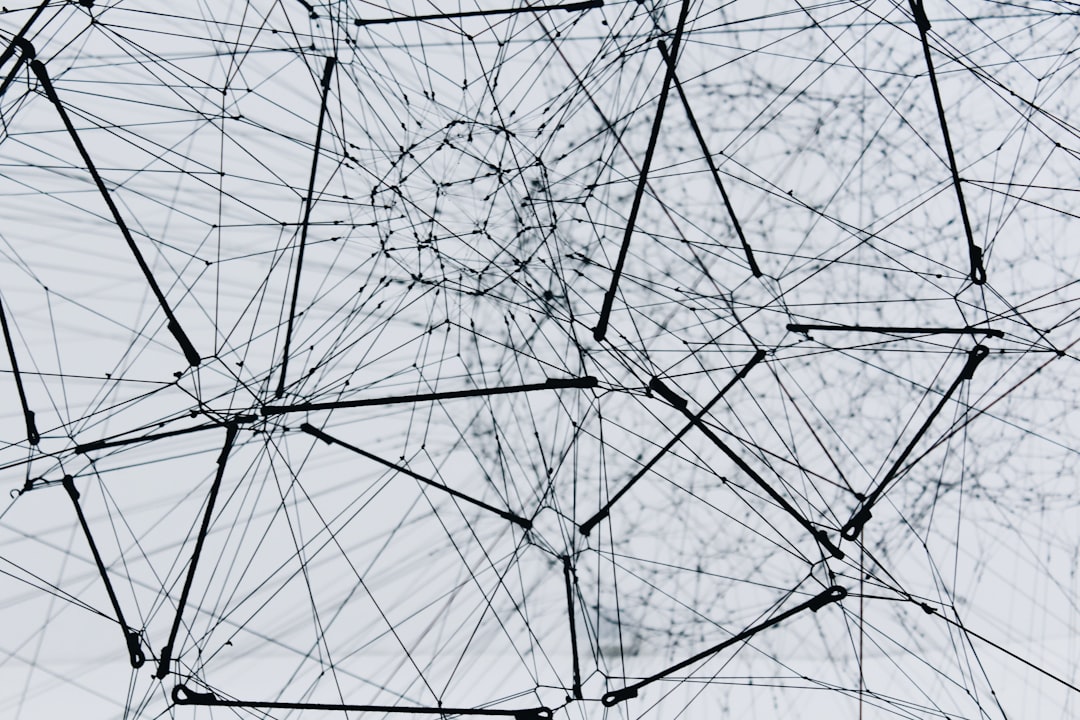What is it about?
COVID-19, caused by the novel coronavirus, is an “airborne” disease. This means that it can spread through droplets in the air. An infected person can pass on these droplets to a healthy person by talking, sneezing, or coughing near them. As a safety measure, healthcare officials suggest the use of face masks. Face masks reduce the release of these droplets from the nose or mouth of an infected person. Medical grade masks are known to be effective at stopping the spread of not only large but also small droplets. Is the same true for cloth-based masks? To find out, authors of a study conducted visualization experiments. They used: • a manikin head with an air pump, to recreate the release of droplets from a cough or a sneeze, • a fog machine to trace the released droplets, and • a green laser to light up these droplets. This helped them measure how far the droplets traveled with and without different types of masks. To their surprise, they found that certain uncovered droplets traveled to 12 feet. This distance is greater than the current recommendation of 6 feet for social distancing. Additionally, they found that loose cloth masks and bandanas were ineffective at stopping the spread of small droplets. However, well fitted, homemade masks made with two layers of quilting fabric, and cone-style masks were the most effective.
Featured Image

Photo by Sylwia Bartyzel on Unsplash
Why is it important?
These findings can build awareness among the public and the healthcare community about the benefits of good quality face masks. They can be used to update social distancing guidelines and re-affirm the requirement of these guidelines. Further, they can help mask manufacturers choose the type of material and design to produce effective face masks. KEY TAKEAWAY: To what extend face masks protect us against COVID-19 depends on material as well as design. Well fitted, thick layered cloth masks, and commercial cone-shaped masks are suitable at preventing the risk of airborne COVID-19 infection.
Read the Original
This page is a summary of: Visualizing the effectiveness of face masks in obstructing respiratory jets, Physics of Fluids, June 2020, American Institute of Physics,
DOI: 10.1063/5.0016018.
You can read the full text:
Resources
Why using a plain or surgical mask is always a better and safer choice
Studies show that wearing high quality cloth or surgical masks can protect against COVID-19. Face shields or valve masks may not be as effective at keeping infectious droplets out of the mouth or nose. This can increase the risk of infection.
Recharging N95 masks to make them reusable
This study suggests a simple method to extend the shelf life of N95 masks. The technique proposed can be used in other air filtration settings as well, including ventilation, air conditioning, and industrial filtration.
How effective are our face masks against the COVID-19-causing coronavirus?
Wearing the right mask decreases the chances of COVID-19 infection quite a lot. Masks with 65% FE are the best to keep the nose and lungs protected from the virus.
Air flow through N95 masks with and without exhalation valves
Current N95 masks with exhalation valves are not appropriate for use during a pandemic. They may not prevent infected air droplets from traveling outside the mask.
Making the most of our resources: Reuse and disinfection of N95 respirators
N95 respirators can be reused following dry heat sterilization at <100°C with no damage or loss of efficiency.
How do masks and ventilation affect the distribution of aerosols in indoor environments?
In an indoor setting with low ventilation rates, exhaled aerosols can be found even at a distance of two meters from their source. The use of highly efficient masks like N95 or K95 masks is recommended to prevent inhalation of these aerosols.
Contributors
The following have contributed to this page










